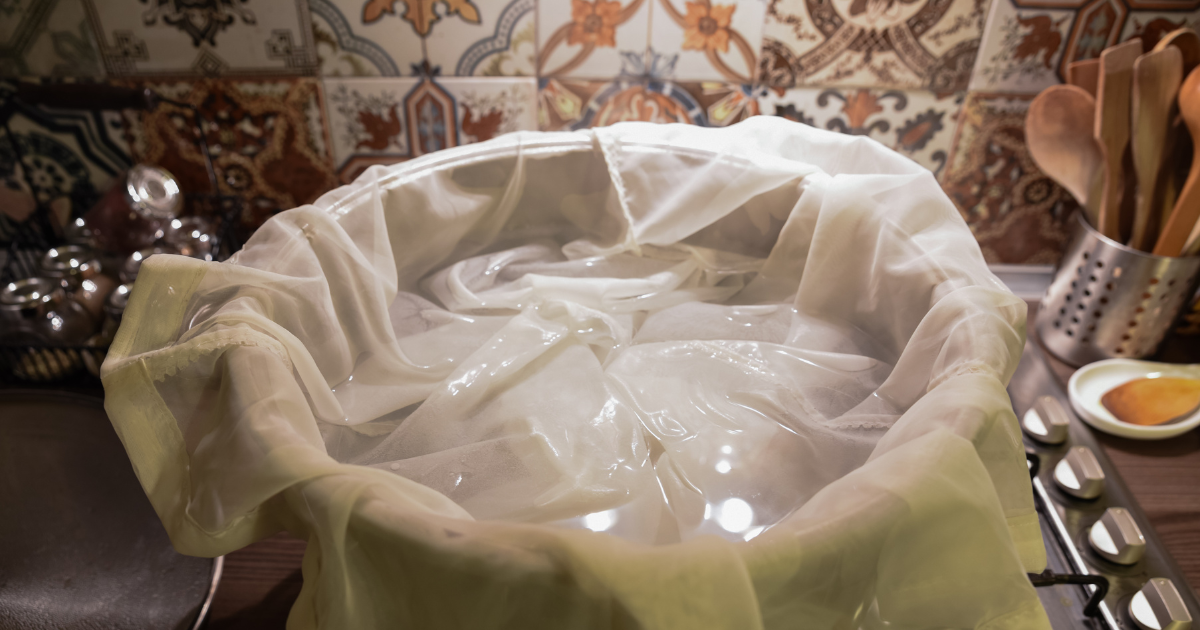Author: Joseph Lavoie
-
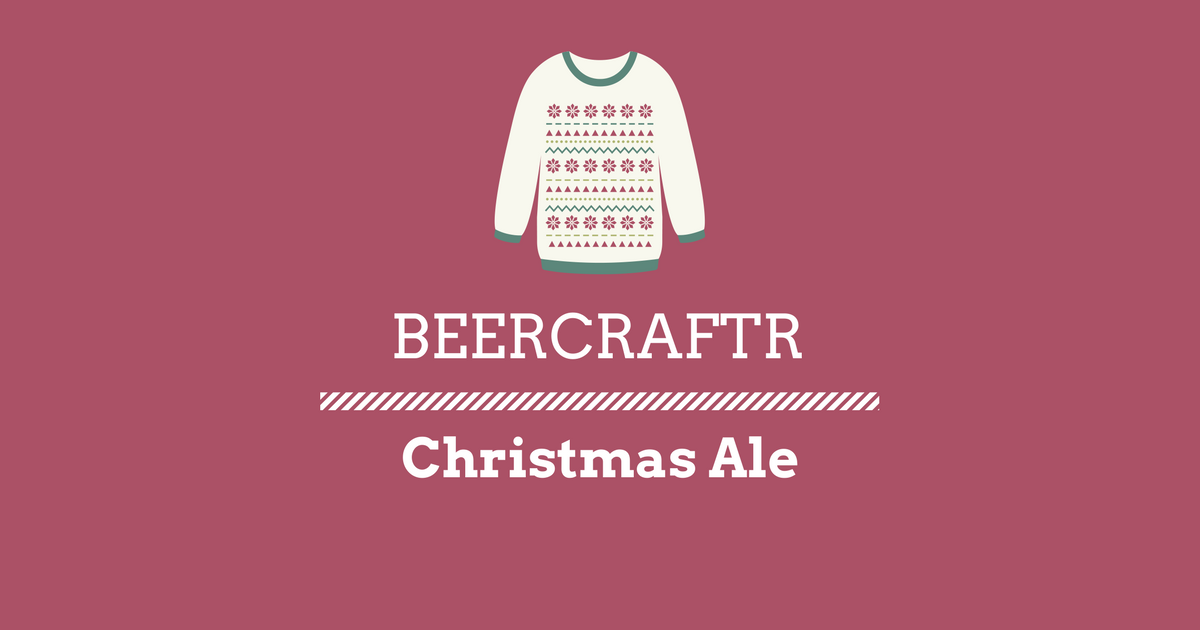
Christmas Ale
You’re going to want to make this a Christmas tradition. Ginger, cloves, cinnamon, the spicy notes of Belgian yeast—what’s not to love about this recipe? Treat this as a starting point. Make it your own family recipe. You could toss in some orange peel or some nutmeg to mix things up a bit. Egg nog…
-
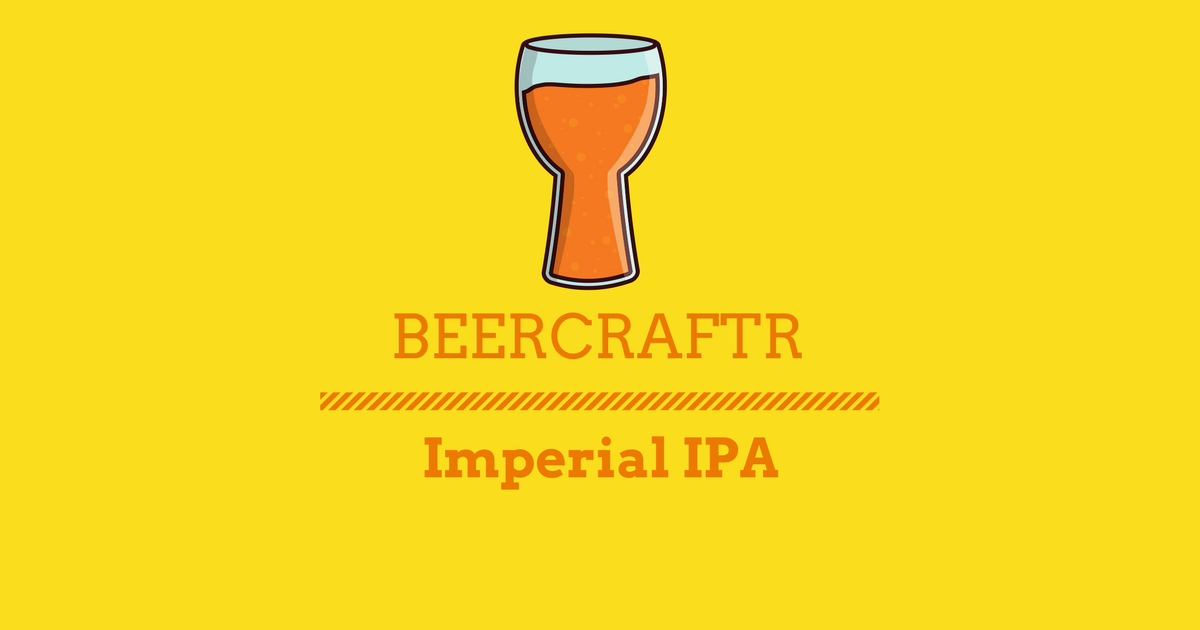
Imperial IPA
This recipe has so many hops, I have no room to write a description! It’s the perfect beer to serve your hop-head drinking pals. Seriously, look at the IBU count on this bad boy and see if they can handle it.
-
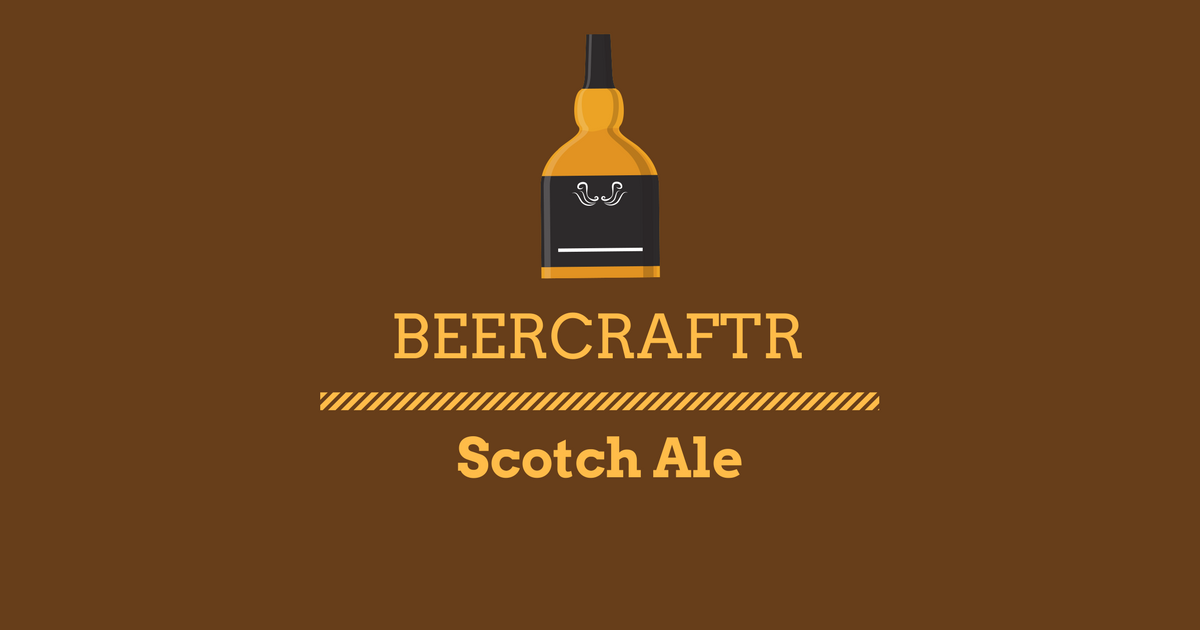
Scotch Ale
It probably comes as no surprise that the Scots have their own distinct flavour and beer style. Scotland, the land of scotch whiskey, grows a lot of barley. It’s a crop that has been readily available to brewers in the land of lovat tweed, so it comes as no surprise that Scotland has a unique…
-

The Complete Guide: How to clean and sanitize homebrew equipment
Cleaning and sanitizing all you home brew equipment is the one thing you can do to guarantee your beer doesn’t spoil. If you fail to adequately clean and sanitize your equipment, you have a good chance of ruining your beer—which has been known to make grown men and women cry. Thankfully, cleaning and sanitizing is…
-

Yeast Washing: How to reuse brewing yeast to save money
Yes, you read that right. There’s such a thing as “yeast washing.” It goes by many names, including “yeast harvesting,” “yeast re-harvesting,” and “yeast rinsing.” Regardless of what you want to call it, one-gallon brewers can use this technique to brew with a wider variety of yeast strains, while saving money on liquid yeasts. I’ll…
-
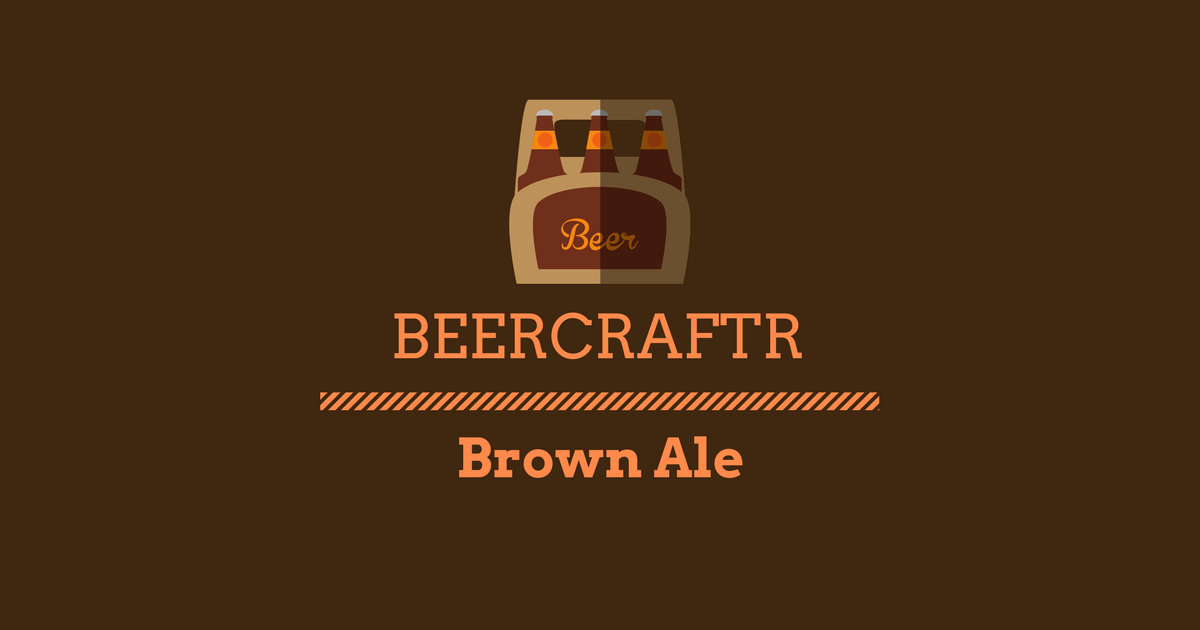
Brown Ale
Brown ale is such a broad range that one recipe can’t really do the style justice. It remains, in my view, one of the most underrated styles out there. The term itself isn’t particularly exciting. “Brown Ale”. As the Oxford Companion to Beer points out, that’s not much more useful than the term “red wine.”…
-
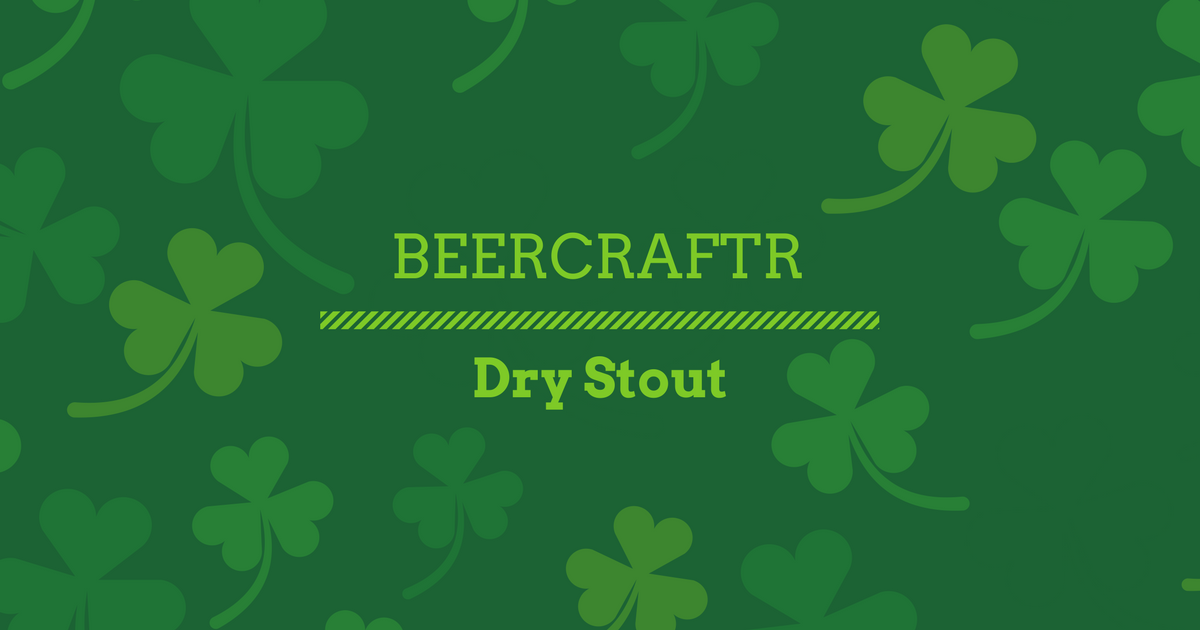
Dry Stout
Stout is a fascinating beer with no less than four distinct styles of its own: classic (dry), foreign, sweet, and imperial. As this is the first stout recipe I’ve developed for BeerCraftr, I kept it classic. The dry stout really is the standard and we should all strive to have a good one in our…
-
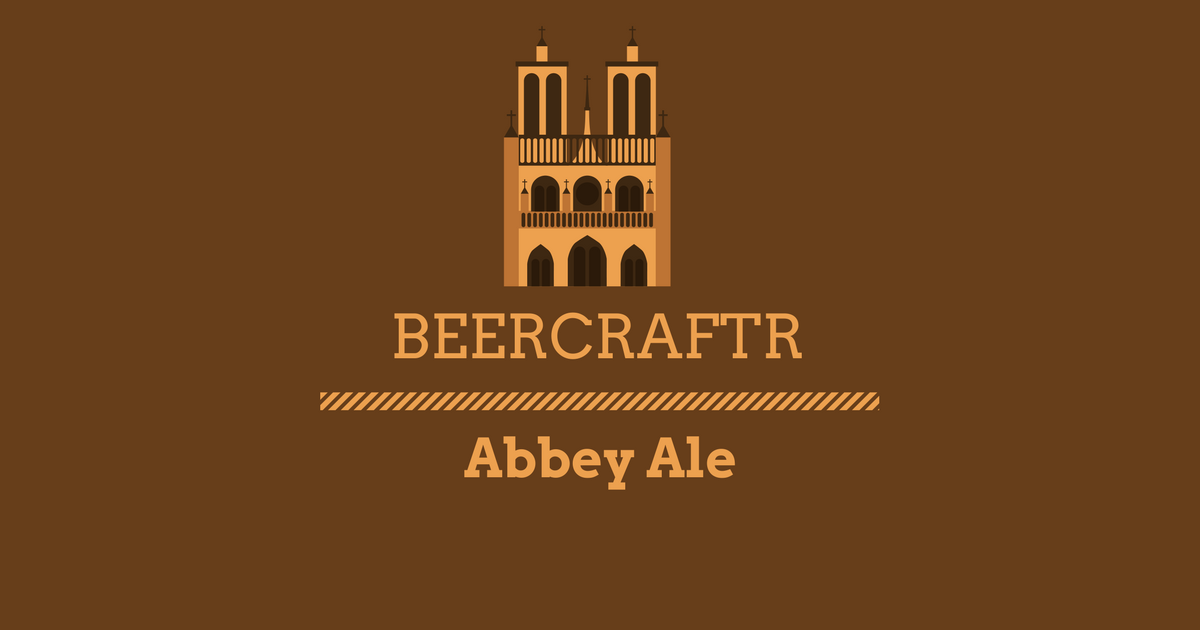
Abbey Ale
These days, I’m mesmerized by the complexities of Belgian beer. The good ones have flavour characteristics more commonly associated with wine—complex and especially smooth (perhaps too smooth!). There’s also something seemingly contradictory about the idea of monks brewing beer, but in the 7th century, Cistercian rules called on monks to live a life of self-reliance…
-
Beer Style Guide: English India Pale Ale
India Pale Ale was not originally brewed in India; it was brewed in Britain, to be sent to India. It was brewed by British brewers for their compatriots at the front lines of the colony. As you know, shipping beer from Britain to India would have been a difficult task in the late 1700s. Beer…
-
Beer Style Guide: American Pale Ale
In this second instalment of the Beer Style Guide, we build on our first style review, British bitter. If you read the first instalment, you may be wondering what the difference is between British bitter and pale ale? After all, bitter is classified as a pale ale, right? Right. But then Americans came into the…
-
Beer Style Guide: British Bitter
British bitters have a definite hop presence, but in a somewhat measured way. You’ll notice the hop flavour, but it sits atop a sweet biscuit base. These beers are not bitter by today’s standards (some Imperial IPAs out there punch you in the face with bitterness). In fact, bitters are well balanced, giving equal profile…
-
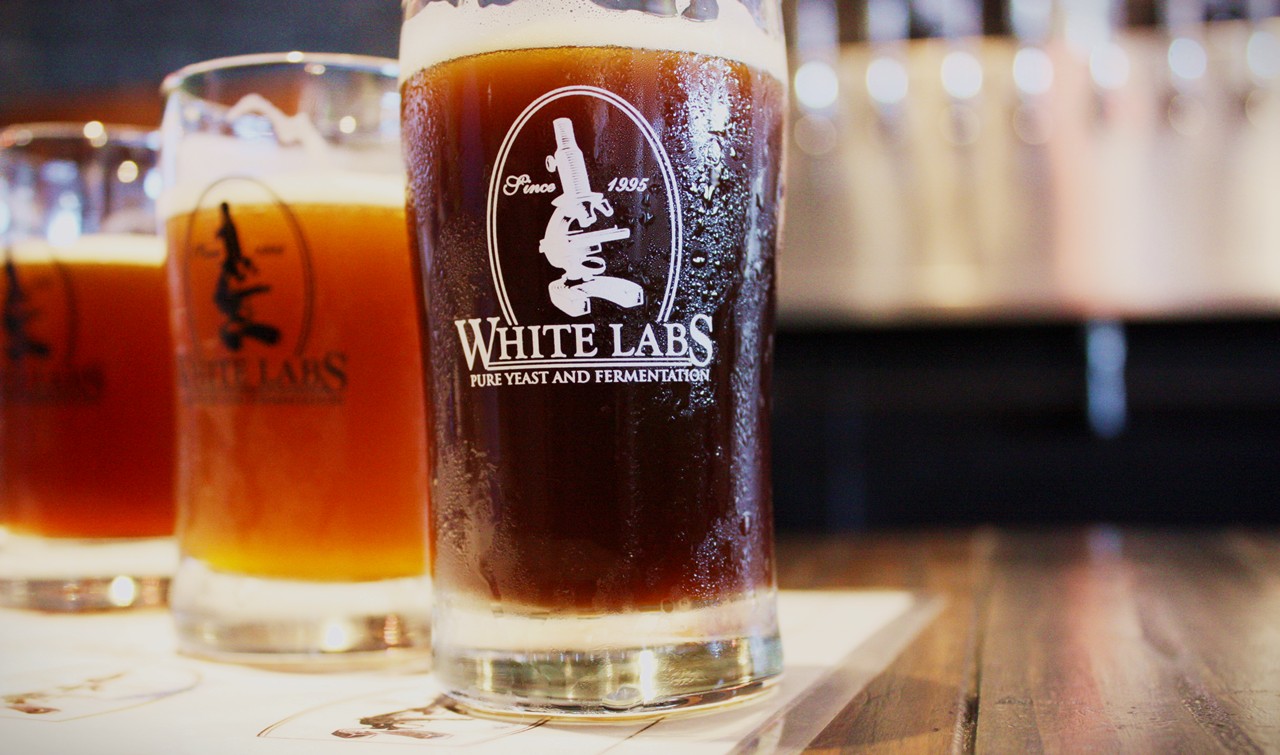
The most comprehensive yeast list
The blog has been quiet of late, but for good reason. I’m working away on a comprehensive beer yeast list. At first I was planning to unveil it in its final form, but given how much time it takes, I then decided to publish chapters as I complete them. I suppose, you could say I’m…
-
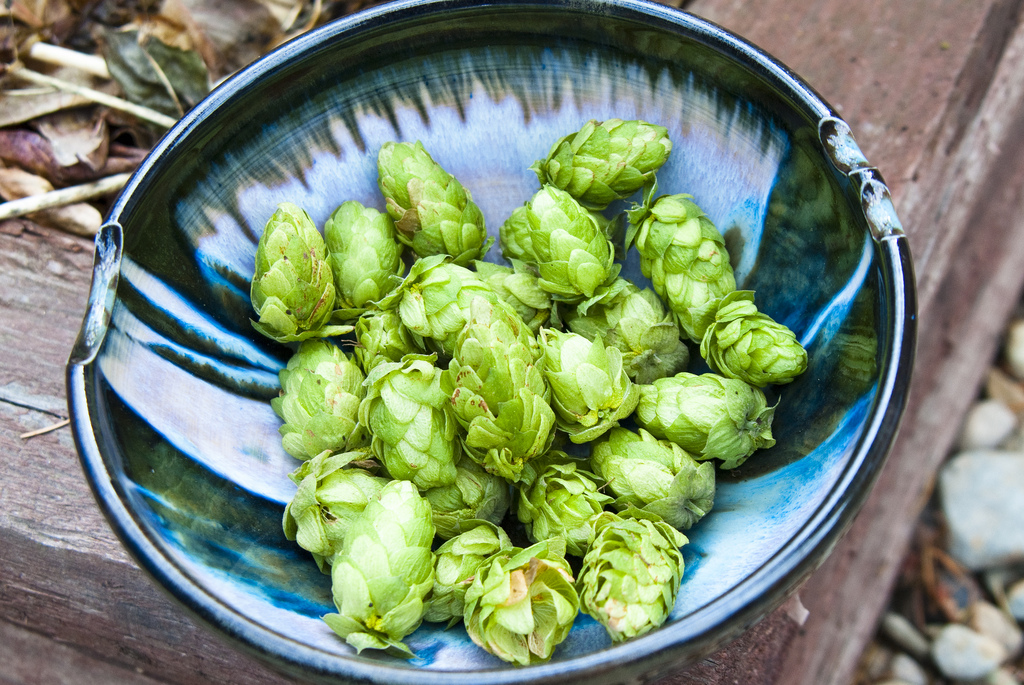
The Benefits of Brewing Your Own Beer
If you’re interesting in becoming a craft brewer but are sitting on the fence, maybe these benefits will convince you to join the home brew movement. Let’s get right to it! Here are eight benefits of brewing your own beer.
-
Detecting and Fixing Off-Flavours
As you learn to brew, one of the first things you’ll want to become acquainted with is off-flavours. In a perfect world, every single batch you ever make will be flawless, but chances are, eventually, you’ll miss the mark. And there’s a difference between a beer that underwhelms and one that offends. Usually, you’ll know…

